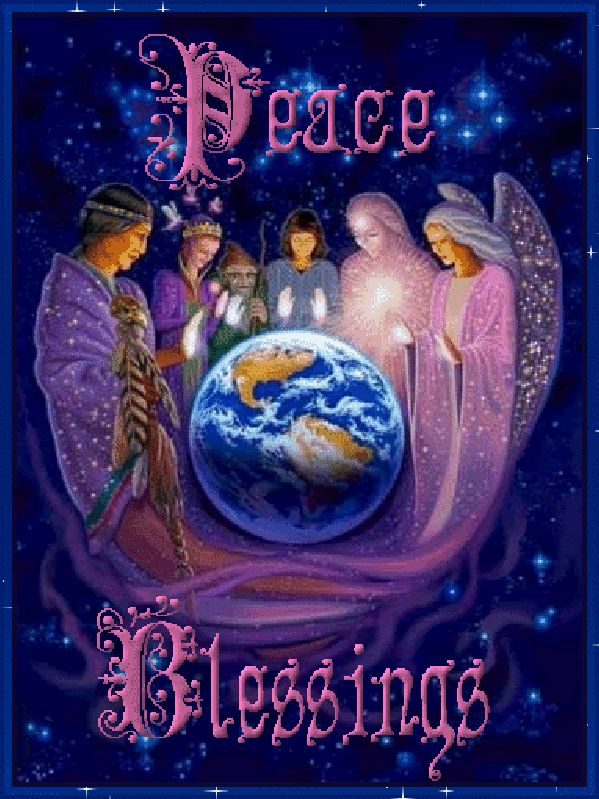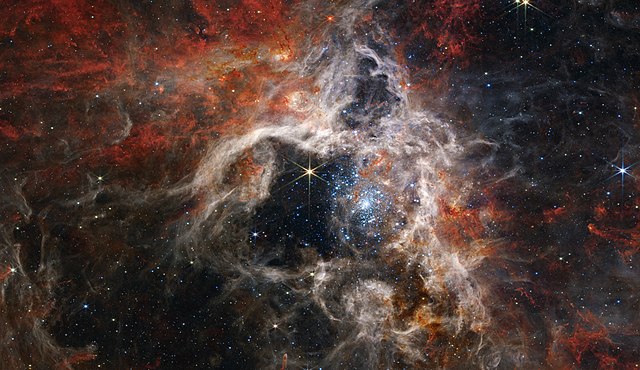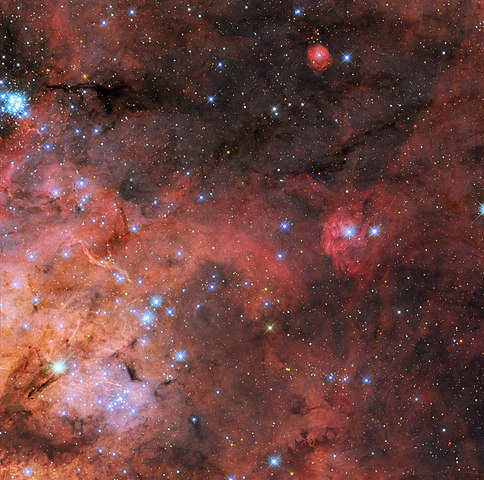The Tarantula Nebula (also known as 30 Doradus) is a large H II region in the Large Magellanic Cloud (LMC), forming its south-east corner (from Earth's perspective).
The name Tarantula Nebula arose in the mid 20th century from its appearance in deep photographic exposures.
The Tarantula Nebula has an apparent magnitude of 8.
Considering its distance of about 49 kpc (160,000 light-years), this is an extremely luminous non-stellar object.
Its luminosity is so great that if it were as close to Earth as the Orion Nebula, the Tarantula Nebula would cast visible shadows.
Source
The name Tarantula Nebula arose in the mid 20th century from its appearance in deep photographic exposures.
The Tarantula Nebula has an apparent magnitude of 8.
Considering its distance of about 49 kpc (160,000 light-years), this is an extremely luminous non-stellar object.
Its luminosity is so great that if it were as close to Earth as the Orion Nebula, the Tarantula Nebula would cast visible shadows.
Source
























